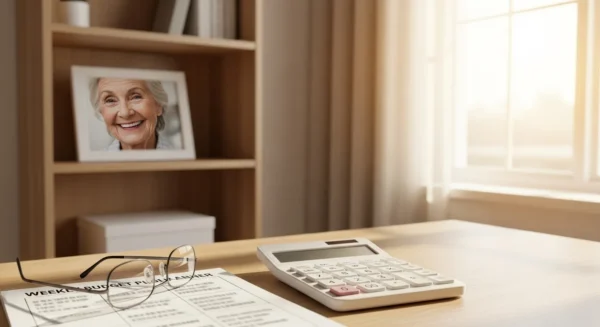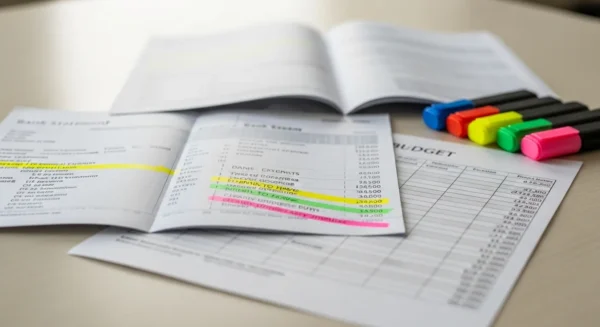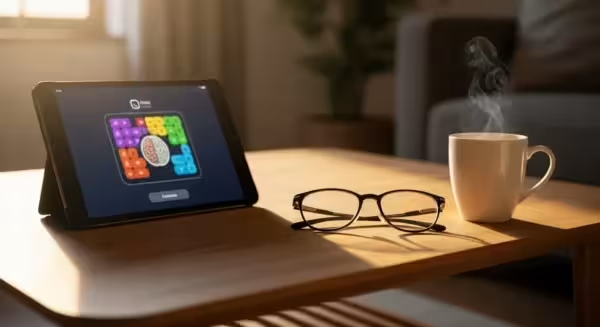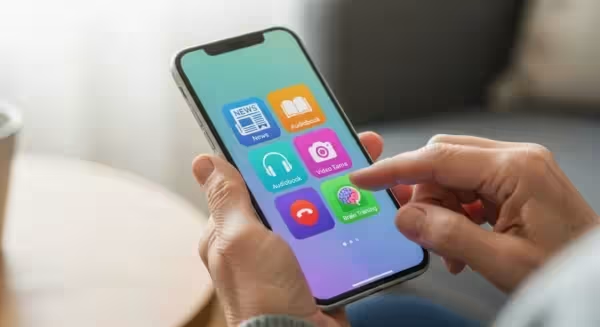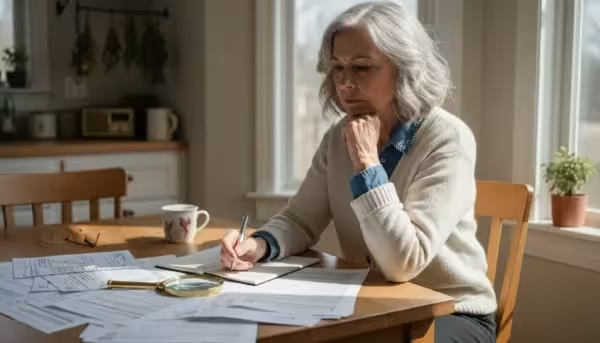

Introduction: Taking Control of Your Finances in Retirement
For millions of American seniors, managing a budget on a fixed income is a daily reality. Between housing, food, and utilities, every dollar counts. One of the most significant and often unpredictable expenses is the cost of prescription medications. The sticker shock at the pharmacy counter can be a source of constant stress, forcing some to make the impossible choice between filling a vital prescription and paying another bill. This is more than a financial issue; it’s a critical component of your health and well-being.
The good news is that you have more power than you think. You do not have to accept high drug prices as an unchangeable fact of life. By understanding how your insurance works, actively communicating with your healthcare providers, and knowing where to look for help, you can significantly lower your medication costs without compromising the quality of your care. This guide is designed to empower you with clear, practical steps to make your prescriptions more affordable, giving you greater financial security and peace of mind in your retirement years. Think of this as your roadmap to becoming a savvy healthcare consumer.

Understanding the Financial Basics of Prescription Drug Coverage
Before you can effectively lower your costs, it’s essential to understand the system you’re working with. For most seniors, this means getting to know the ins and outs of Medicare. The terminology can seem confusing, but the core concepts are straightforward once broken down.
Medicare Part D: Your Prescription Drug Plan
This is the part of Medicare that helps cover the cost of prescription drugs. You get Part D coverage through private insurance companies approved by Medicare, either as a standalone plan (if you have Original Medicare) or as part of a Medicare Advantage plan (also known as Part C). Here are the key terms you need to know:
- Premium: This is the fixed amount you pay each month to the insurance company to keep your Part D plan active, whether you fill a prescription or not.
- Deductible: This is the amount you must pay out-of-pocket for your medications each year before your plan starts to pay its share. For example, if your plan has a $545 deductible in 2024, you pay the first $545 of your drug costs yourself.
- Copayment or Coinsurance: This is your share of the cost for each prescription after you’ve met your deductible. A copayment is a fixed dollar amount (e.g., $10 for a generic drug), while coinsurance is a percentage of the drug’s total cost (e.g., 25%).
- Formulary: This is simply the list of drugs covered by your plan. Formularies are often divided into “tiers.” Tier 1 drugs are typically the cheapest (preferred generics), while drugs in higher tiers, like Tier 5 specialty drugs, are the most expensive. Your goal is to have your medications fall into the lowest possible tier.
The Coverage Gap or “Donut Hole”
This term causes a lot of confusion, but the concept is simple. The donut hole is a temporary limit on what your drug plan will pay for your drugs. You enter the donut hole once you and your plan have spent a certain amount on covered drugs in one year. For 2024, that limit is $5,030. While in the donut hole, you are responsible for paying 25% of the cost for both brand-name and generic drugs. You stay in this phase until your total out-of-pocket spending for the year reaches a certain limit (for 2024, it’s $8,000). After that, you enter “catastrophic coverage,” and your drug costs for the rest of the year are significantly lower.
A major and welcome change from the Inflation Reduction Act is that starting in 2025, there will be a $2,000 annual cap on out-of-pocket prescription drug costs for people with Medicare. This will effectively eliminate the donut hole as we know it and provide a crucial financial safety net.
Extra Help and Other Assistance
If you have a limited income and resources, you may qualify for a federal program called Extra Help (also known as the Low-Income Subsidy or LIS). This program helps pay for your Medicare Part D plan’s premiums, deductibles, and copayments. For many seniors, this program can reduce their prescription costs to just a few dollars per month. It is one of the most valuable but underutilized resources available. For official information on Social Security and Medicare, visit SSA.gov and Medicare.gov. Federal tax information is at the IRS.

Actionable Strategies and Money-Saving Tips
Understanding the system is the first step. Now, let’s turn that knowledge into action. Here are concrete strategies you can use to start saving money on your medications right away.

1. Optimize Your Medicare Part D Plan Every Single Year
This is the single most important action you can take to control your drug costs. Insurance companies can and do change their Part D plans every year. The premium can go up, the deductible can change, and, most importantly, the formulary can be altered. A drug that was covered in a low tier this year might move to a higher tier or be dropped from the formulary entirely next year.
Your chance to switch plans is during the Medicare Open Enrollment Period, which runs from October 15 to December 7 each year. During this window, use the official Medicare Plan Finder tool on Medicare.gov. Enter your specific list of prescriptions, their dosages, and your preferred pharmacy. The tool will calculate your estimated total annual costs—including premiums, deductibles, and copays—for every plan available in your area. You might be surprised to find that switching to a different plan could save you hundreds or even thousands of dollars a year.
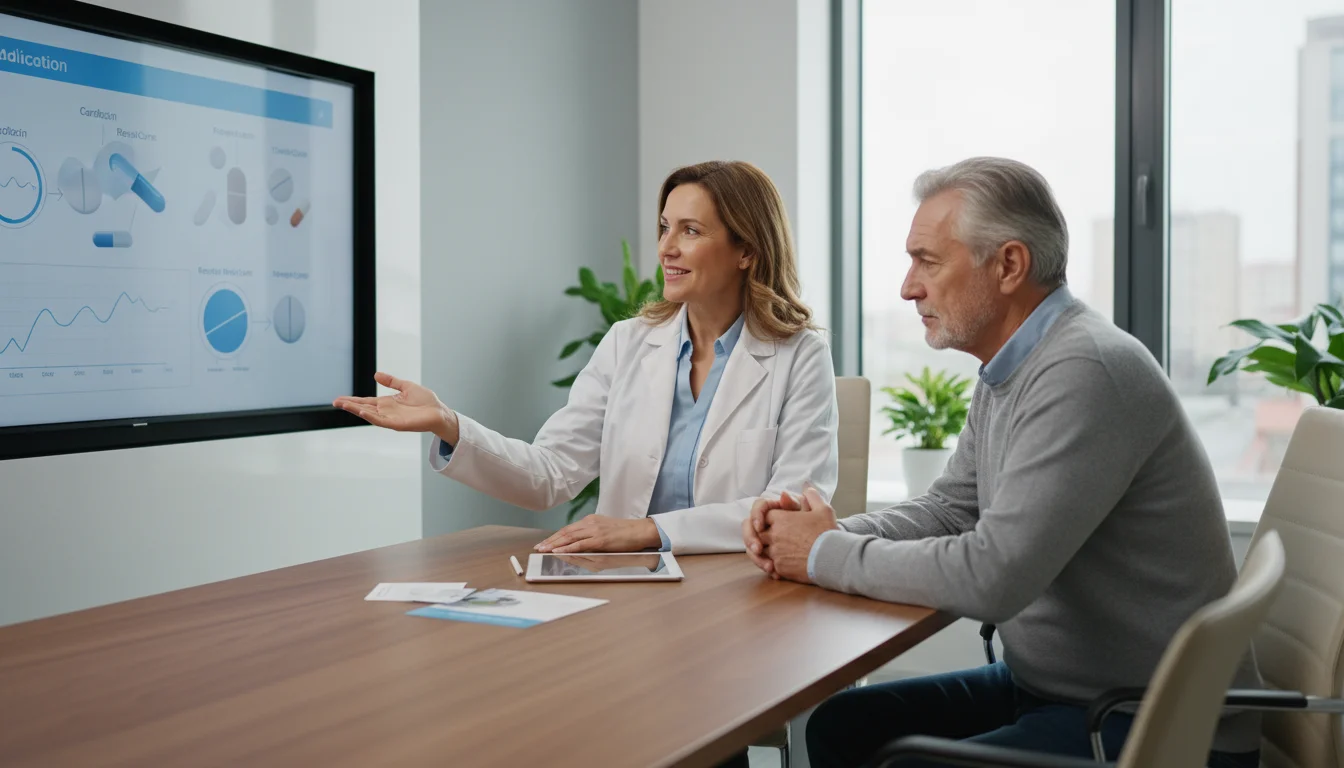
2. Have a Strategic Conversation with Your Doctor and Pharmacist
Your healthcare providers are your most valuable allies in this process. They want you to take your medication as prescribed, and they understand that cost is a major barrier. Schedule a specific appointment to review your medications and be direct about your financial concerns.
- Ask for Generic Alternatives: This is the easiest way to save. Generic drugs are required by the FDA to have the same active ingredient, strength, and effectiveness as their brand-name counterparts, but they often cost 80-85% less. Always ask your doctor, “Is there a generic version of this medication that would work for me?”
- Discuss Therapeutic Alternatives: If a generic isn’t available for your brand-name drug, ask your doctor if there is a different, less expensive drug in the same class that treats the same condition. Your Part D plan may cover this alternative in a lower, cheaper tier.
- Request a 90-Day Supply: For medications you take long-term, getting a three-month supply is often more cost-effective than a one-month supply. Your per-pill cost is usually lower, and many insurance plans offer discounts through their preferred mail-order pharmacies for 90-day fills.
- Inquire About Pill Splitting: This can be a clever way to cut costs in half, but you must do it with your doctor’s approval. Sometimes, a higher-dose pill costs the same as a lower-dose pill. For example, a 40mg tablet might cost the same as a 20mg tablet. If your prescribed dose is 20mg, your doctor can write a prescription for the 40mg tablets with instructions to split them in half. Warning: Never split a pill without your doctor’s or pharmacist’s confirmation, as some medications (like time-release capsules) are not designed to be split and can be dangerous if you do.

3. Look Beyond Your Primary Insurance Coverage
Sometimes, the best price for a drug isn’t found by using your insurance at all. This is where a little bit of research can pay off significantly.
- Use Prescription Discount Cards and Apps: Services like GoodRx, SingleCare, and RxSaver are free to use and can provide significant pharmacy discounts. You simply look up your medication on their website or app to find a coupon. Show this coupon to the pharmacist. The important thing to know is that you cannot use a discount card at the same time as your insurance for a purchase. It’s an either/or choice. For instance, your insurance copay might be $40, but a discount card price might be $15. In that case, you would choose to pay the $15 cash price. Note that payments made using these cards do not count toward your Medicare deductible.
- Investigate Pharmaceutical Assistance Programs (PAPs): Most major drug manufacturers run their own assistance programs that provide free or low-cost medications to people with low to moderate incomes who do not have adequate insurance coverage. Websites like NeedyMeds and RxAssist are excellent resources that maintain databases of these programs and can help you find and apply for them.
- Check for State Pharmaceutical Assistance Programs (SPAPs): Many states have their own programs to help eligible residents pay for their prescriptions. Check your state’s Department of Health or Department of Aging website to see if a program exists where you live.

4. Be Smart About Where You Fill Your Prescriptions
The price for the exact same medication can vary dramatically from one pharmacy to another, even within the same town. A little shopping around can make a big difference.
- Check Your Plan’s Preferred Pharmacies: Most Medicare Part D plans have a network of “preferred” pharmacies. If you fill your prescriptions at one of these locations, your copay will be lower than at a “non-preferred” pharmacy. Your plan’s documents will list its preferred partners.
- Compare Prices: If you are paying out-of-pocket or using a discount card, call a few different pharmacies to compare their cash price for your medication. You may find that a supermarket pharmacy, a big-box store, or an independent pharmacy offers a much better price than a large chain drugstore.
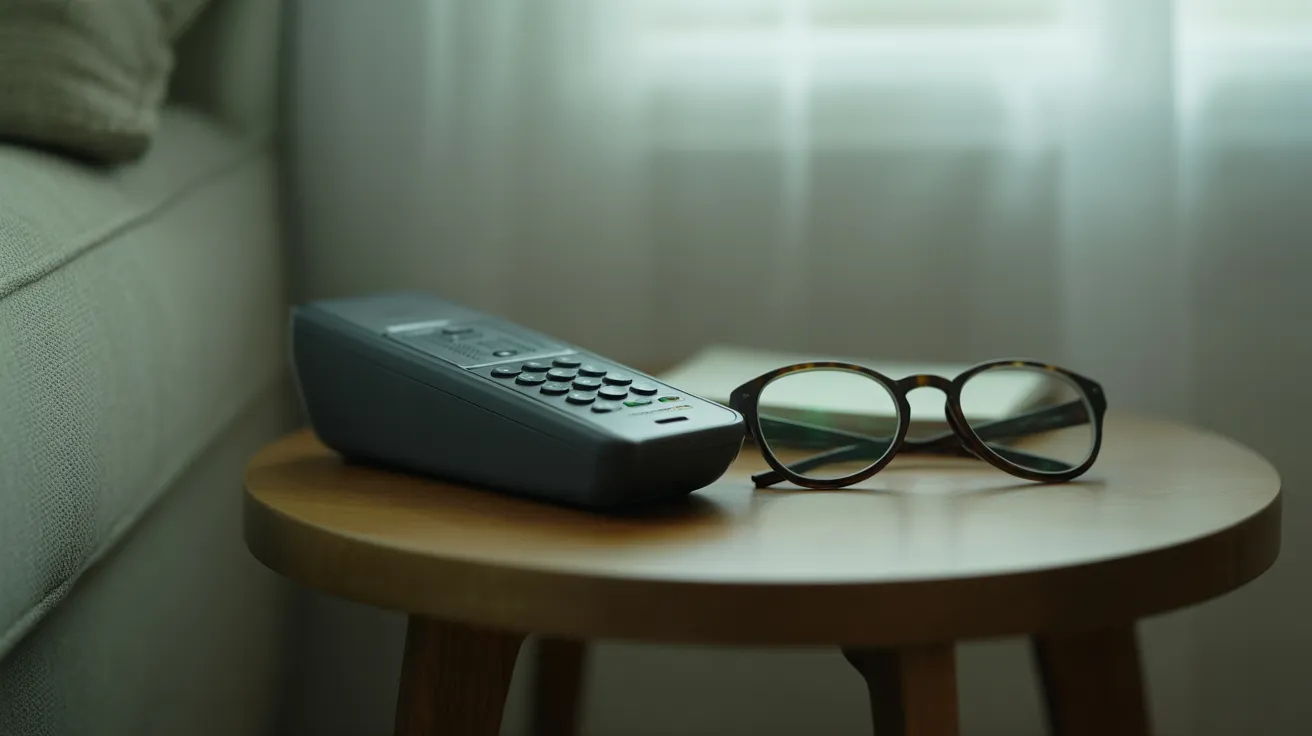
Financial Red Flags and Scams to Watch Out For
Unfortunately, where there is financial stress, criminals are often waiting to take advantage. Seniors are frequently targeted by scams related to healthcare and prescriptions. Being aware of their tactics is your best defense.

1. The Unsolicited “Medicare” Call
The Scam: You receive an unexpected phone call from someone claiming to be from Medicare or a related agency. They say you are eligible for a new, “free” prescription drug card or a better drug plan, but they need to “verify” your personal information first. They will ask for your Medicare number, Social Security number, or bank account information.
The Reality: Medicare will almost never call you unsolicited to sell you something or ask for personal information. Official communication is typically done through the mail. Never, ever give your Medicare number or other sensitive data to someone who calls you out of the blue. If the offer sounds legitimate, hang up, find the official phone number for Medicare (1-800-MEDICARE) yourself, and call them directly to inquire.
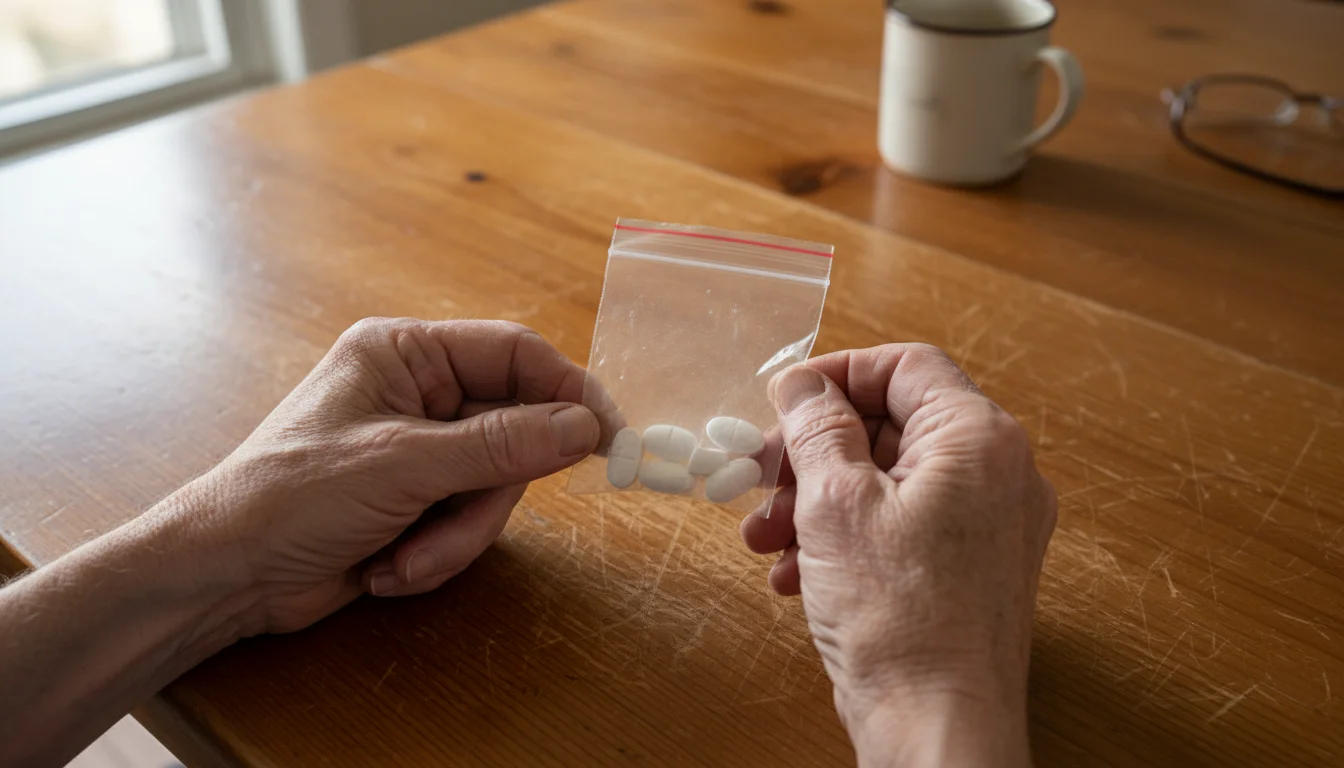
2. Illegitimate Online Pharmacies
The Scam: You find a website online, often based overseas, that advertises brand-name drugs at incredibly low prices, no prescription required. It seems like an easy way to save money.
The Dangers: These rogue pharmacies are incredibly risky. They may send you counterfeit drugs with no active ingredient, the wrong ingredient, or a dangerous dose. They could also send you expired medication. At best, you lose your money; at worst, you could seriously harm your health. They may also steal your credit card information. Look for online pharmacies that are located in the U.S. and display the Verified Internet Pharmacy Practice Sites (VIPPS) seal from the National Association of Boards of Pharmacy (NABP).
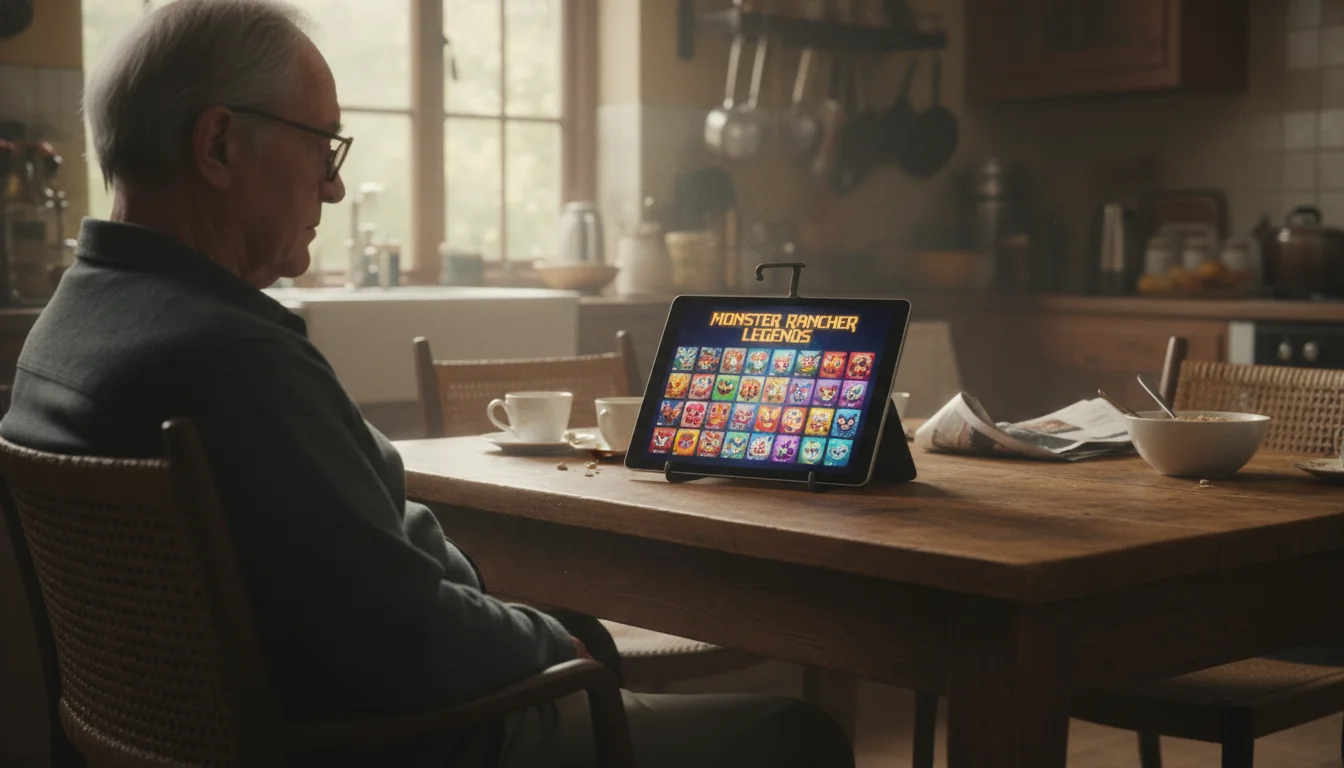
3. “Free” Supplies or Creams Bait-and-Switch
The Scam: You see an ad on TV or online offering “free” diabetic testing supplies, pain-relieving creams, or medical equipment at no cost to you because “Medicare will cover it all.” When you call, they aggressively push for your Medicare number.
The Reality: This is often a scheme to commit Medicare fraud. The company will use your number to bill Medicare for thousands of dollars in supplies you either didn’t need or never received. This not only defrauds the system but can also complicate your ability to get legitimate supplies you actually need later on. Be extremely wary of any offer that sounds too good to be true. To protect yourself from scams and for consumer information, consult the Consumer Financial Protection Bureau (CFPB) and the FTC.

A Financial Checklist for Cutting Prescription Costs
Feeling overwhelmed? Let’s simplify it. Here is a step-by-step checklist of the most important actions to take to gain control over your prescription drug spending.
First, create a master list of all your medications. Write down the exact name of each drug (e.g., “Lisinopril”), the dosage (e.g., “20mg”), and how often you take it (e.g., “once daily”). This list is your most important tool.
Second, mark your calendar for the Medicare Open Enrollment period from October 15 to December 7. During this time, take your medication list to the official Medicare.gov website and use the Plan Finder tool to shop for the most cost-effective Part D or Medicare Advantage plan for the coming year.
Third, schedule a specific “medication review” appointment with your doctor. Take your list with you and be upfront about your need to lower costs. Ask about generics, less expensive therapeutic alternatives, and the possibility of pill splitting for any of your medications.
Fourth, explore all avenues for discounts. Before filling a pricey prescription, check the price using a free discount app like GoodRx. Visit the Social Security website (SSA.gov) to see if you qualify for the Extra Help program, which could dramatically reduce your costs.
Finally, protect your identity and your health. Be vigilant against phone scams. Do not give your Medicare number to unsolicited callers. Only use licensed, U.S.-based pharmacies to fill your prescriptions, and be skeptical of any offer for “free” medical supplies that seems too good to be true.

Frequently Asked Questions
Q: My doctor just prescribed a new medication, but my Part D plan says it isn’t on its formulary. What can I do?
A: Don’t panic. Your first step is to talk to your doctor. They can help you request a “formulary exception” from your insurance plan. This is a formal process where your doctor explains to the plan why that specific drug is medically necessary for you and why the covered alternatives are not appropriate. If the exception is approved, the plan will cover the drug. If it’s denied, you have the right to appeal the decision.
Q: Can I use a discount card like GoodRx at the same time as my Medicare Part D plan to lower my copay?
A: No, you cannot combine them for a single transaction. You must choose one or the other at the pharmacy counter. The best practice is to ask the pharmacist to tell you two prices: the price using your insurance and the price using the discount card. You can then choose to pay whichever one is lower. Remember, if you use the discount card, the money you spend will not count toward your plan’s annual deductible or out-of-pocket maximum.
Q: I think I’m in the Medicare donut hole. What is the smartest way to save money until I get out?
A: The donut hole is precisely the time when strategies beyond your insurance become most valuable. Since your out-of-pocket costs are higher (25% of the drug’s price), the savings from a prescription discount card can be substantial. This is also an excellent time to apply for a Pharmaceutical Assistance Program (PAP) from the drug’s manufacturer, as you may now meet their income and coverage-gap criteria. Continuing to use generics whenever possible will also help you move through this phase more affordably.
Q: I heard on the news that Medicare can negotiate drug prices now. How will this help me?
A: You are correct. The Inflation Reduction Act gave Medicare the power to negotiate prices directly with manufacturers for certain high-cost drugs. The first group of 10 drugs was announced in 2023, and their negotiated prices will take effect in 2026. More drugs will be added in subsequent years. While this won’t lower your costs on those specific drugs tomorrow, it is a landmark change that will help control prices and lower costs for seniors over the long term. The more immediate benefit of that law is the $35 monthly cap on insulin and the upcoming $2,000 annual cap on out-of-pocket costs in 2025.
Q: Is it safe and legal to order my prescriptions from an online Canadian pharmacy to save money?
A: While many Americans do this, it’s important to know the risks. Technically, it is illegal for individuals to import prescription drugs into the United States for personal use. The FDA cannot guarantee the safety, effectiveness, or quality of drugs purchased from foreign sources, as they are not subject to U.S. regulatory oversight. While the risk of legal action against an individual is low, the health risk from a potentially counterfeit or substandard product is real. It is generally safer to pursue the many legal cost-saving strategies available within the U.S.
Disclaimer: This article is for informational purposes and is not a substitute for professional financial or tax advice. Consult with a certified financial planner or tax professional for guidance on your specific situation.
For expert guidance on senior health and finance, visit Medicare.gov, National Institute of Mental Health (NIMH) and National Institutes of Health (NIH).
|
Fact-Checked Content
Our editorial team reviews all content for accuracy and updates it regularly. Learn about our editorial process →
|

